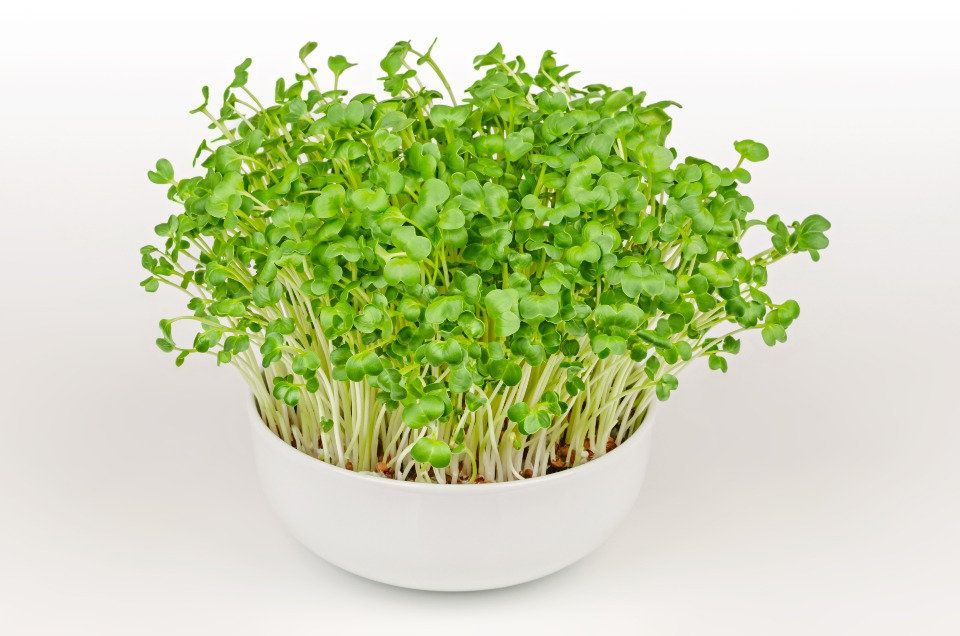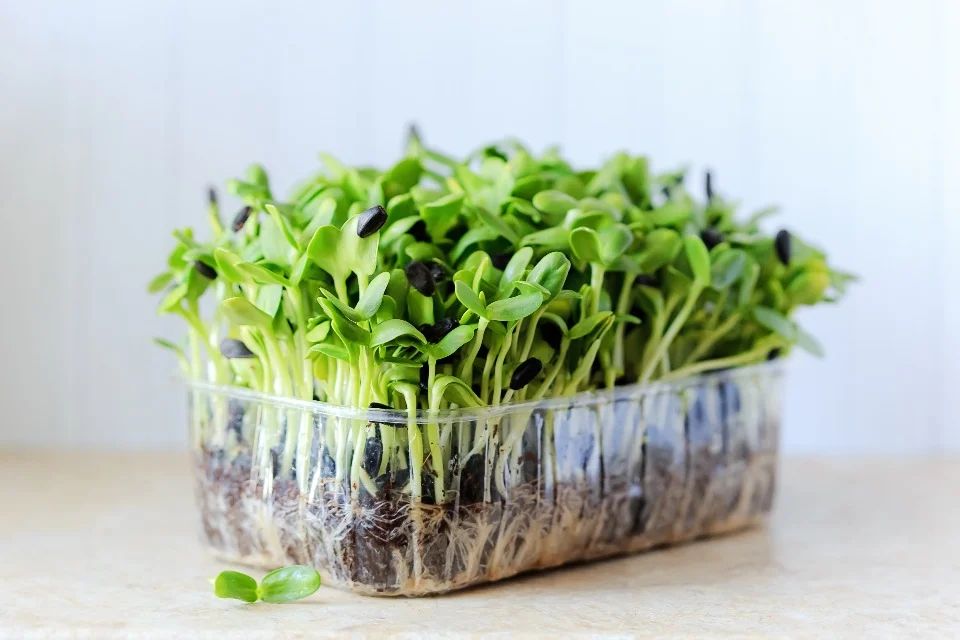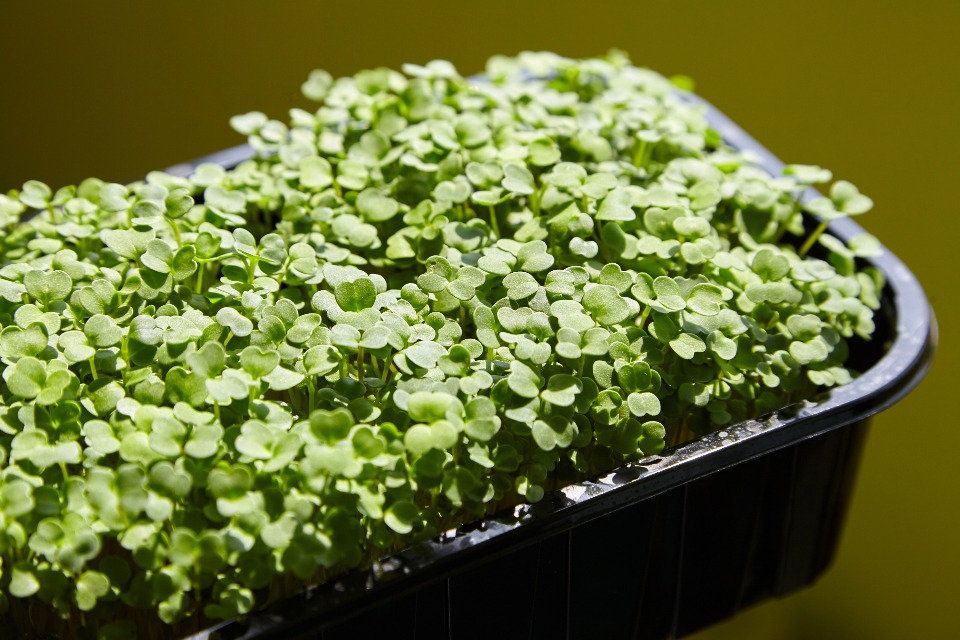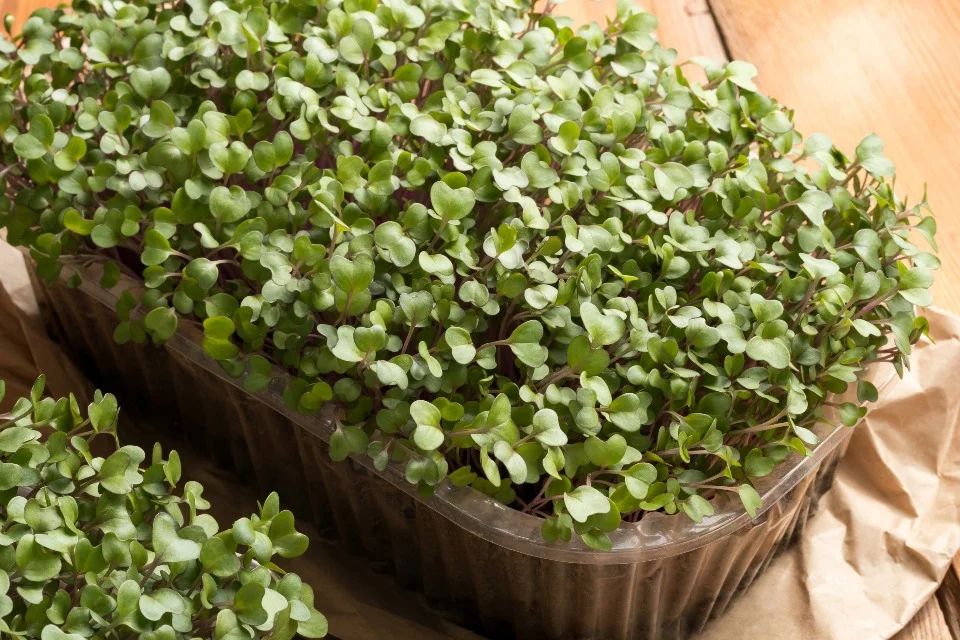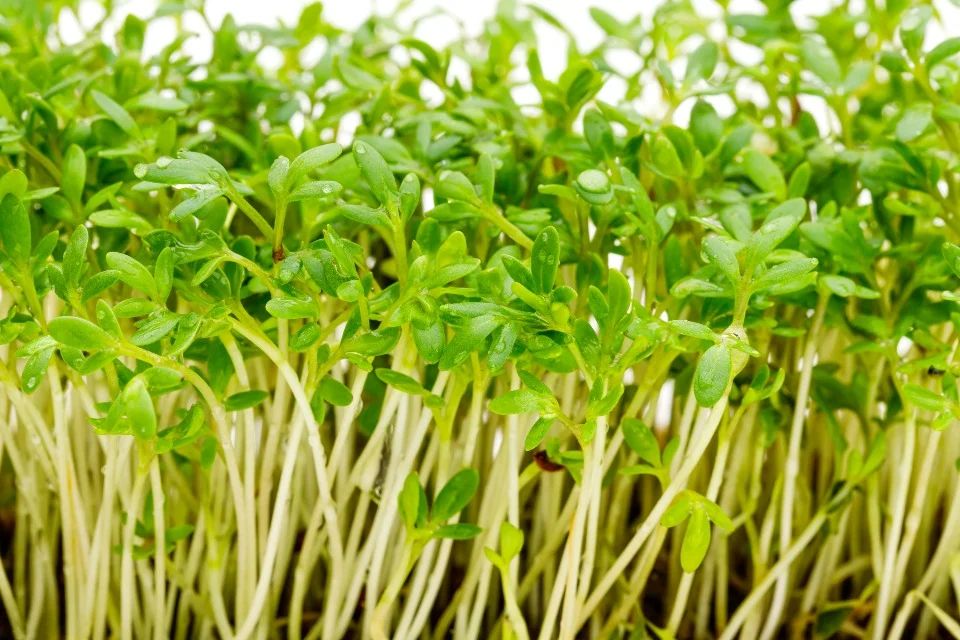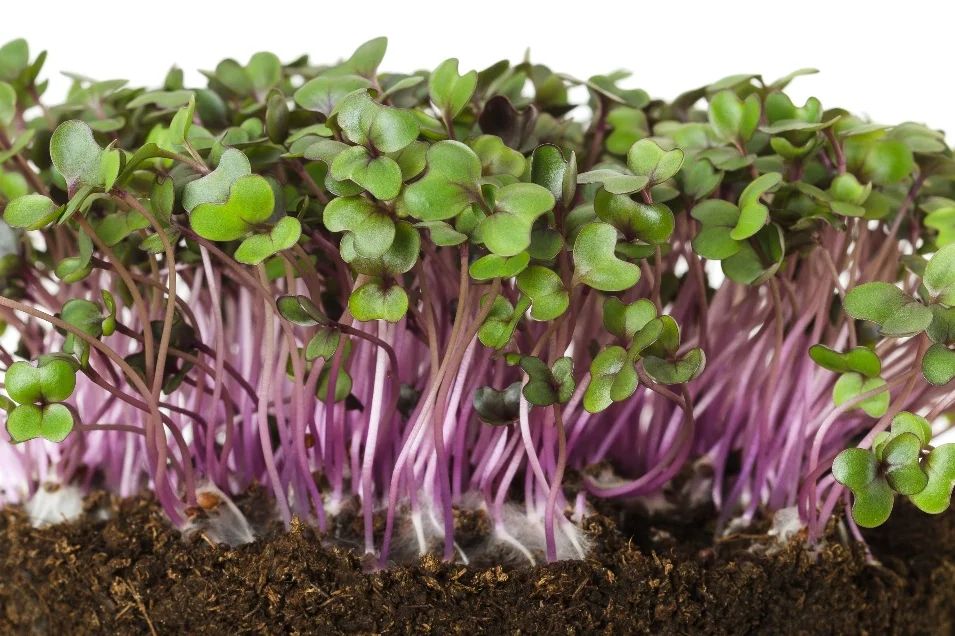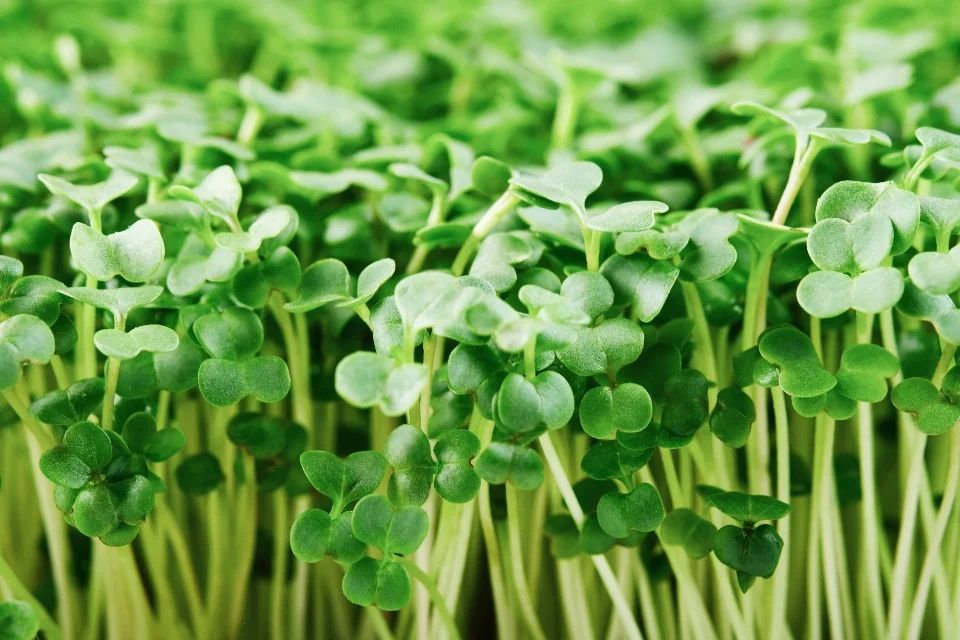Top 10 Easiest Microgreens To Grow
This post is all about the easiest microgreens to grow
Are you looking to start growing microgreens but don't know where to begin? Fear not! In this article, we're going to explore the top 10 easiest microgreens to grow. We'll dive into the taste and texture of each microgreen, as well as the simple steps you need to take to get started with growing them. Whether you're a seasoned pro or a newbie to the world of microgreens, we've got you covered! So let's get started on your journey to growing some delicious and nutritious microgreens.

